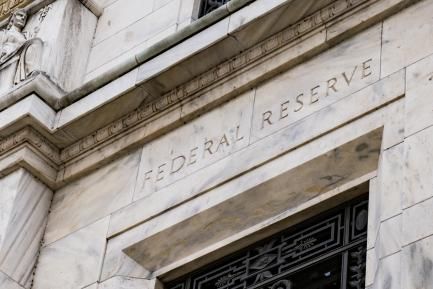The Fed: from words to action?
After evaluating the economic outlook more positively and particularly employment and the tone of consumption, the Federal Reserve has outlined a provisional timeline for normalizing stimuli. This establishes that quantitative easing will start to be withdrawn during the last few months of 2013, this being completed by mid-2014. Nonetheless, the main condition is that expectations of the unemployment rate being around 7% by mid-2014 should be maintained. Similarly, unless inflation goes out of control, any possible hikes in the official interest rate are still dependent on the guideline target of 6.5% unemployment set by the Fed in 2012 and which, according to its own forecast scenario, will not be reached until the end of 2014. To what extent does this timeline seem plausible?
Although recent figures invite optimism, the US labour market is going through its worse crisis since 1945. Between January 2008 and February 2010, 8.7 million jobs were lost and the unemployment rate rose from 5% to 10%. 66 months later, 72% of the jobs lost have been recovered and unemployment stands at 7.6%. Given this situation, achieving the Fed's unemployment target of 6.5% would require the creation of 1.6 million jobs if the labour force remains constant. However, within a scenario of recovery, the labour force is likely to grow.
The participation rate, i.e. the percentage of working-age people who have or are looking for a job, has been falling since the crisis started, down from 66% to the current figure of 63%. Most of this drop is attributed to unemployed people who have become discouraged and are no longer looking for employment, so they are no longer counted as unemployed or and are out of the labour force. As the recovery gains ground, these potential workers are likely to rejoin the labour market so that, should their reinsertion rate be higher than the net job creation rate, unemployment might stagnate or rise. In May, for example, more jobs than expected were created but, nevertheless, the unemployment rate went up from 7.5% to 7.6%. The explanation: formerly inactive discouraged workers are now more positive (like the Fed).
If we assume the participation rate tends to recover to levels more in line with an effective recovery in employment, let's say close to 65%, achieving the 6.5% target would require around 4.8 million jobs to be created. At the current rate, this target would not be reached until the second half of 2015. This suggests that, if the labour force picks up as expected and the rate of recovery for employment does not speed up, the Fed's scenario could be too optimistic and its withdrawal timeline might be delayed a little.




